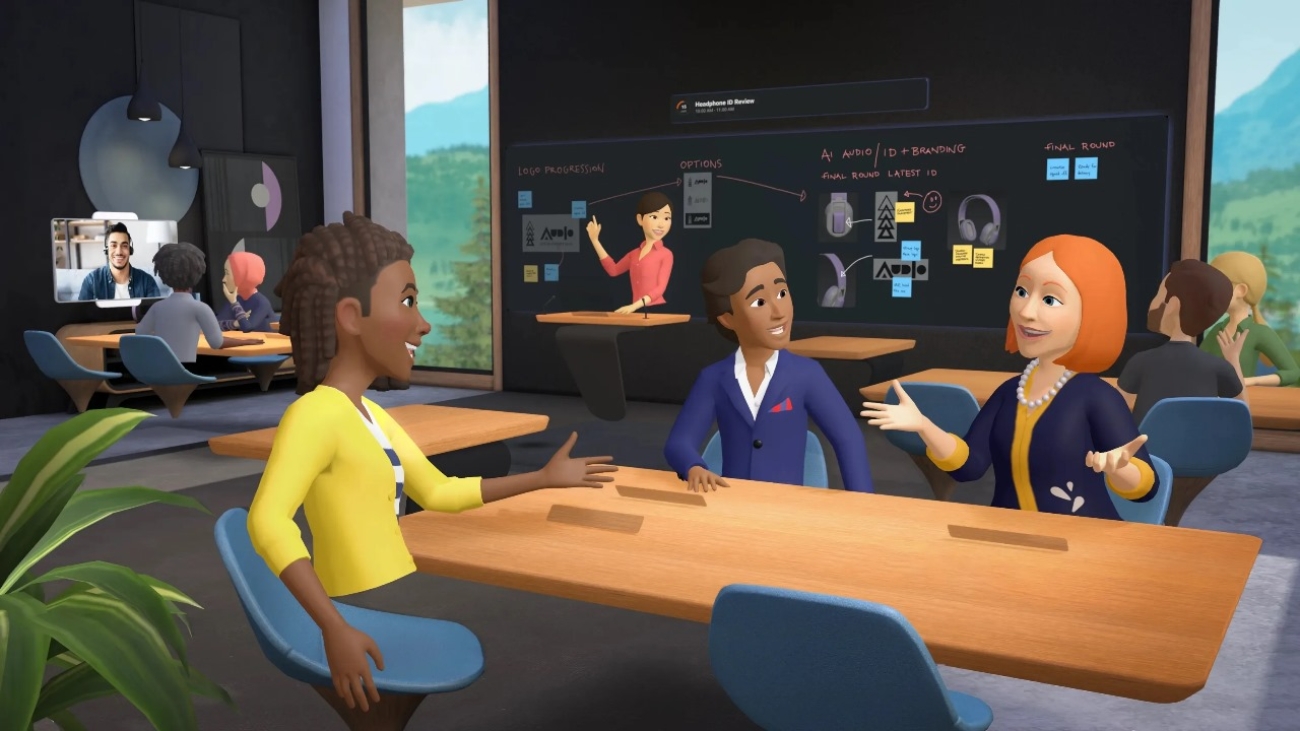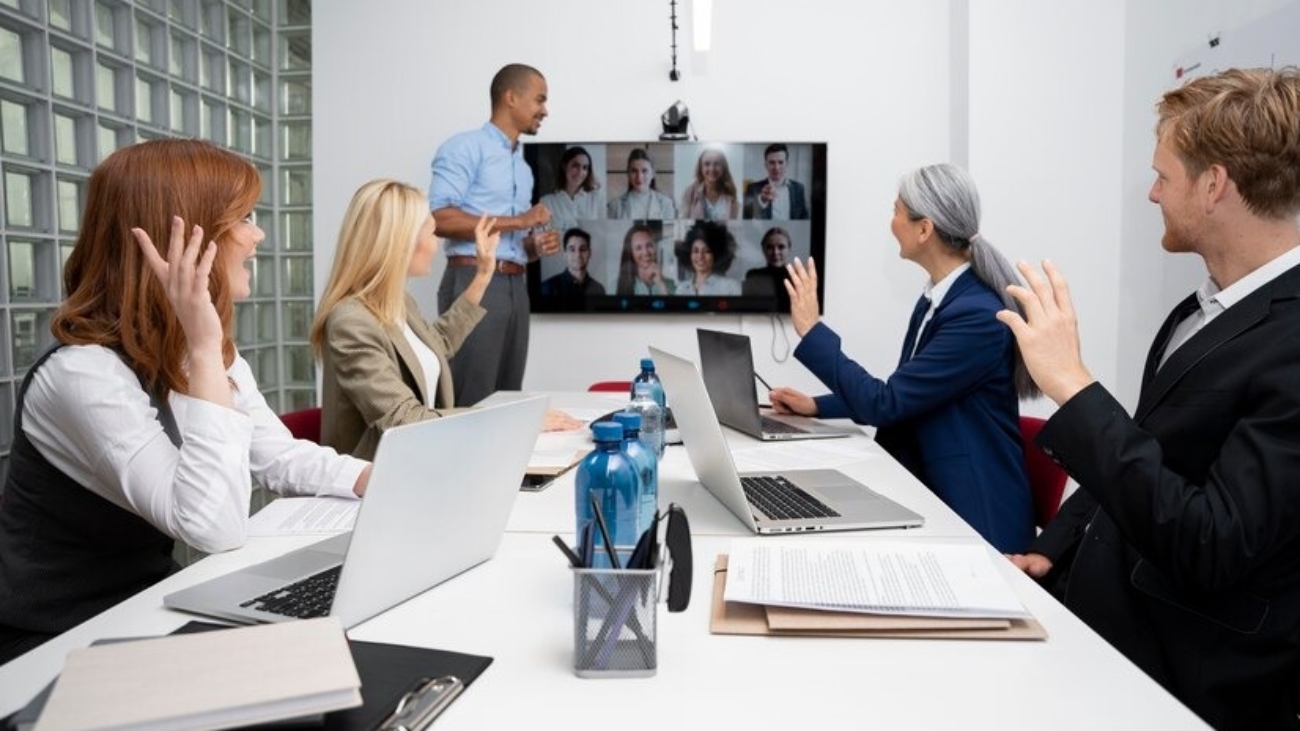Imagine the scene: your team has just wrapped up a sprint, and the results are…mixed. The product launch was delayed, key features were missing, and morale was slipping. Fingers start pointing, blame gets thrown around, and the room fills with a tense silence. This is a classic scenario where a retrospective can be the difference between spiraling into negativity and bouncing back stronger than ever.
But retrospectives aren’t just for damage control. They’re powerful tools for continuous learning and improvement, applicable to any team, project, or even personal endeavors. Retrospectives offer a structured way to reflect, identify areas for improvement, and take action to achieve your goals.
Think of them as learning laboratories where mistakes are not seen as failures but as valuable data points. By openly discussing challenges, uncovering root causes, and collaboratively brainstorming solutions, you can transform setbacks into springboards for growth.
So, how can you facilitate an effective retrospective that fosters learning and action? Let’s dive deeper and explore the essential steps to turn reflection into results…
Setting the Stage for Success:
Before embarking on your retrospective journey, take the time to create a supportive and productive environment. Think of it as preparing the soil for your learning seeds to flourish. Here’s how to do it:
- Define the Purpose: Clearly articulate the goal of the retrospective. Is it to optimize a specific process, improve collaboration, or brainstorm solutions for recurring challenges? A clear purpose keeps the discussion focused and ensures everyone is on the same page.
- Create a Safe Space: Foster an environment where team members feel comfortable voicing their honest opinions and concerns, free from judgment or repercussions. Create psychological safety by emphasizing confidentiality, open communication, and respectful disagreement.
- Ground Rules for Open Dialogue: Establish shared expectations for constructive criticism. Encourage active listening where everyone truly hears each other’s perspectives. Emphasize respectful communication, remembering that disagreements don’t have to be personal attacks. By setting these guidelines, you build the bridges for fruitful dialogue and collaboration.
The goal is not just to talk, but to collectively learn and grow.
Embarking on the Learning Journey:
Now that the stage is set, it’s time to dive into the core of the retrospective. Here’s how to guide your team on a path of discovery and improvement:
- Structured Activities: Utilize engaging retrospective formats like “Start, Stop, Continue,” (Identify what’s working well, what needs improvement, and what should be discontinued entirely) “Mad, Sad, Glad,” (Capture emotional responses to the project, sparking discussions on frustrations and areas of appreciation) or the 5 Whys (Dig deeper into recurring issues by asking “why” five times to uncover root causes and potential solutions) to stimulate conversation and uncover insights.
- Focus on Actions, Not Blame: Encourage discussions that explore “what can we do better”, “What resources or support do we need to improve?”, “How can we prevent similar issues from happening again?” instead of dwelling on “who made what mistake.” By fostering a solution-oriented mindset, you create a positive and productive environment where team members feel empowered to learn from mistakes and work collaboratively toward improvement.
- Data-Driven Insights: Complement discussions with relevant metrics like project timelines, bug reports, customer feedback, or other relevant data, feedback such as insights from user surveys, team feedback sessions, client comments, or project artifacts including documents, code snippets, or visual aids to ground observations in evidence.
This data-driven approach adds objectivity and clarity, guiding discussions towards targeted solutions and actionable changes
From Reflection to Action:
Now comes the crucial part: turning those insights into concrete action. Here’s how to bridge the gap:
- Prioritize ruthlessly: You can’t tackle everything at once. Identify the most impactful areas for improvement, considering feasibility and resource constraints.
- Actionable Change Plans: Clearly define responsibilities, timelines, and success metrics for each action item. This may include specific actions that are to be taken, Ownership for each action, the timeline for completion, and how you will measure the effectiveness, etc.
- Follow-through is Key: Regularly revisit your action plan, track progress, and celebrate successes, big and small.
Here adaptation is key. If your initial strategy isn’t working, don’t be afraid to change course.
Conclusion: A Culture of Continuous Learning
Retrospectives are not one-off events; they’re an integral part of a high-performing team. By fostering a culture of continuous learning, where reflection and improvement are embraced, you unlock the true potential of your team and embark on a journey of constant growth.
Looking to foster a culture of continuous learning and growth within your team? Or need more information/guidance? Get in touch with Auxano Consulting. Remember, true growth lies in the collective wisdom and unwavering commitment to learning that emerges from insightful retrospectives.
Schedule a discovery call with Linnet Dave, Auxano’s Director and Executive coach on linnet@auxano-consulting.com or connect with her at +919820668179 for any queries on the subject and if you need to get a customized learning Intervention done for your organization.
(Written by Vineeta, Feature Image sources and credits: FreePik)











